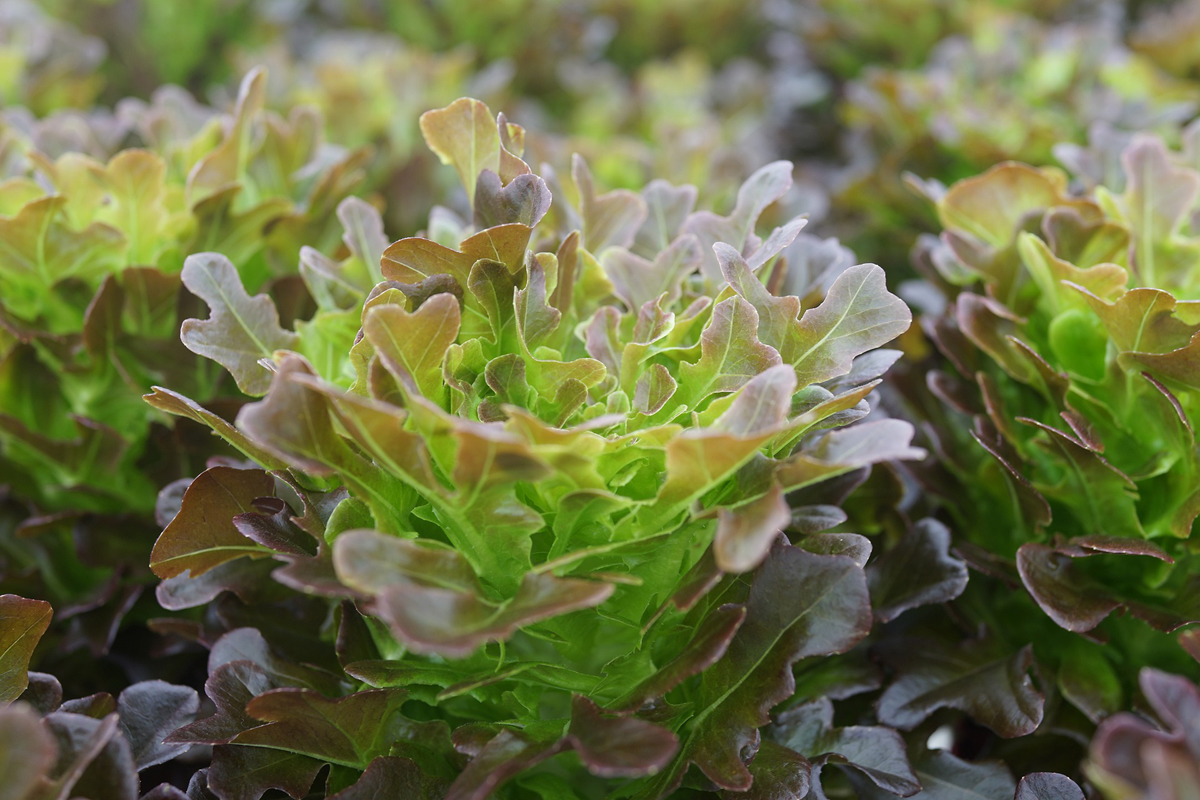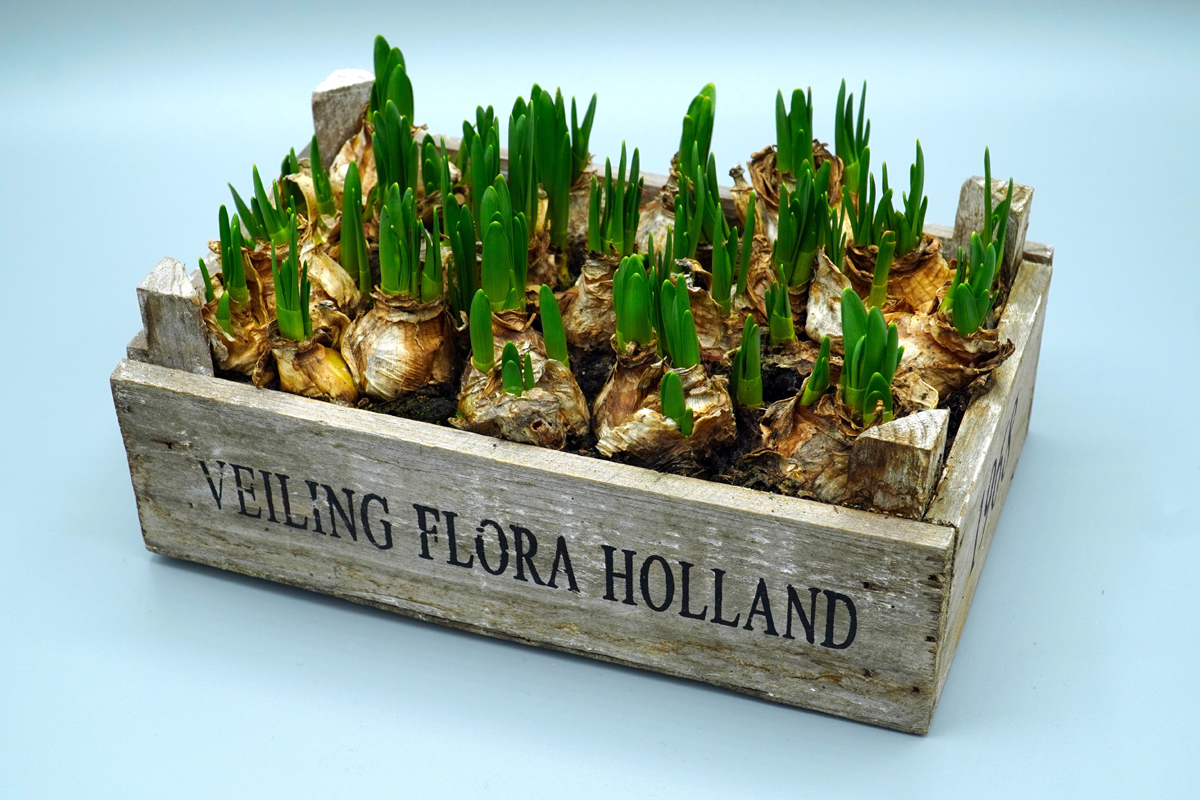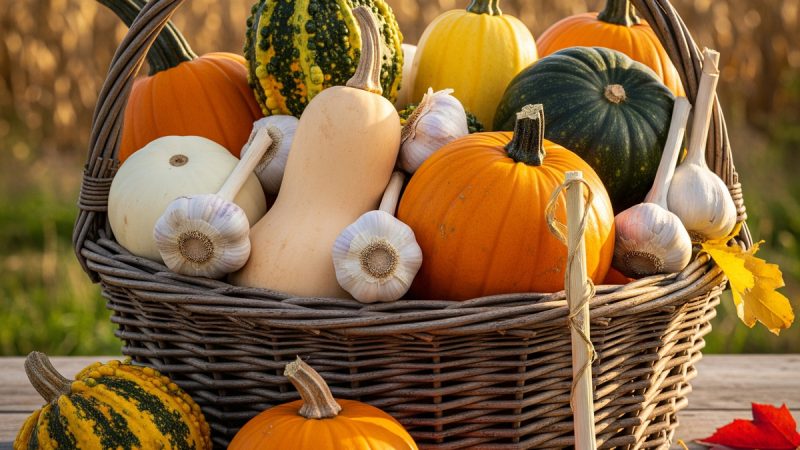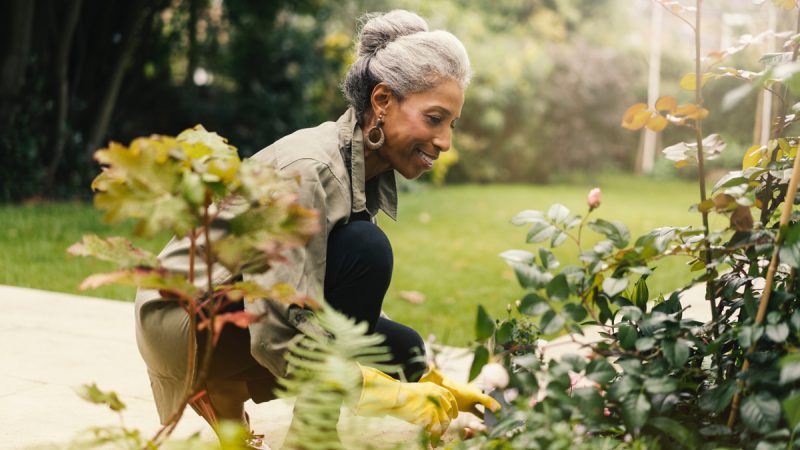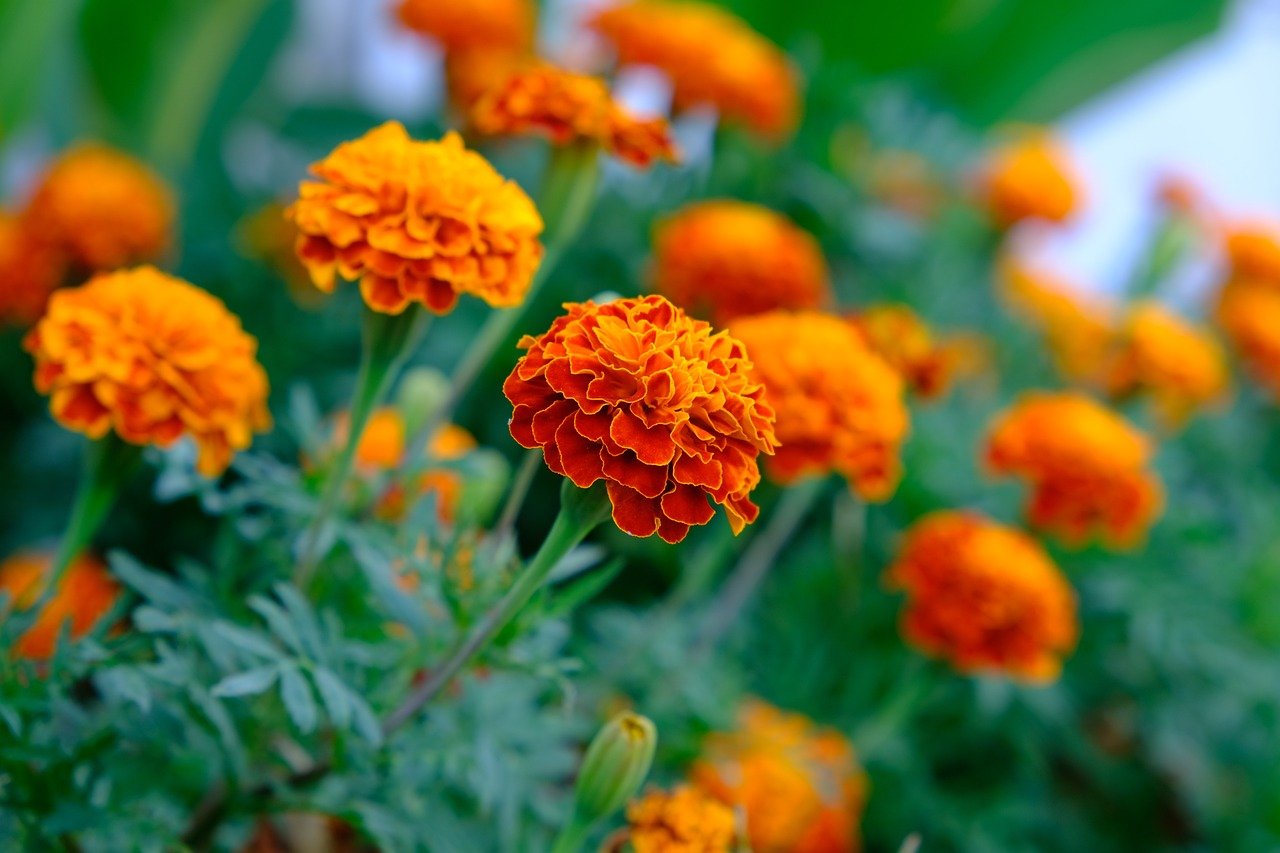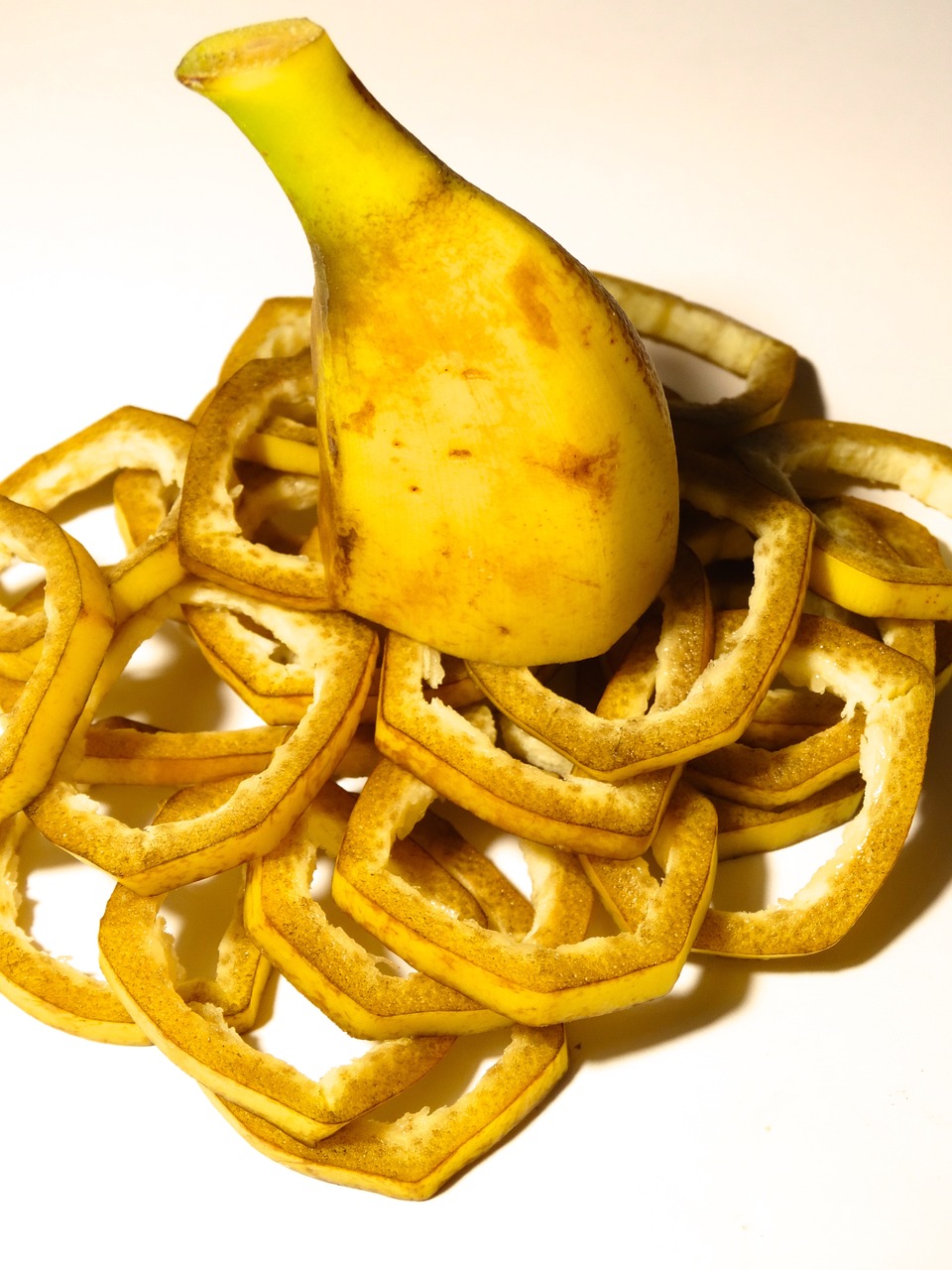28 Tips for Container Gardening
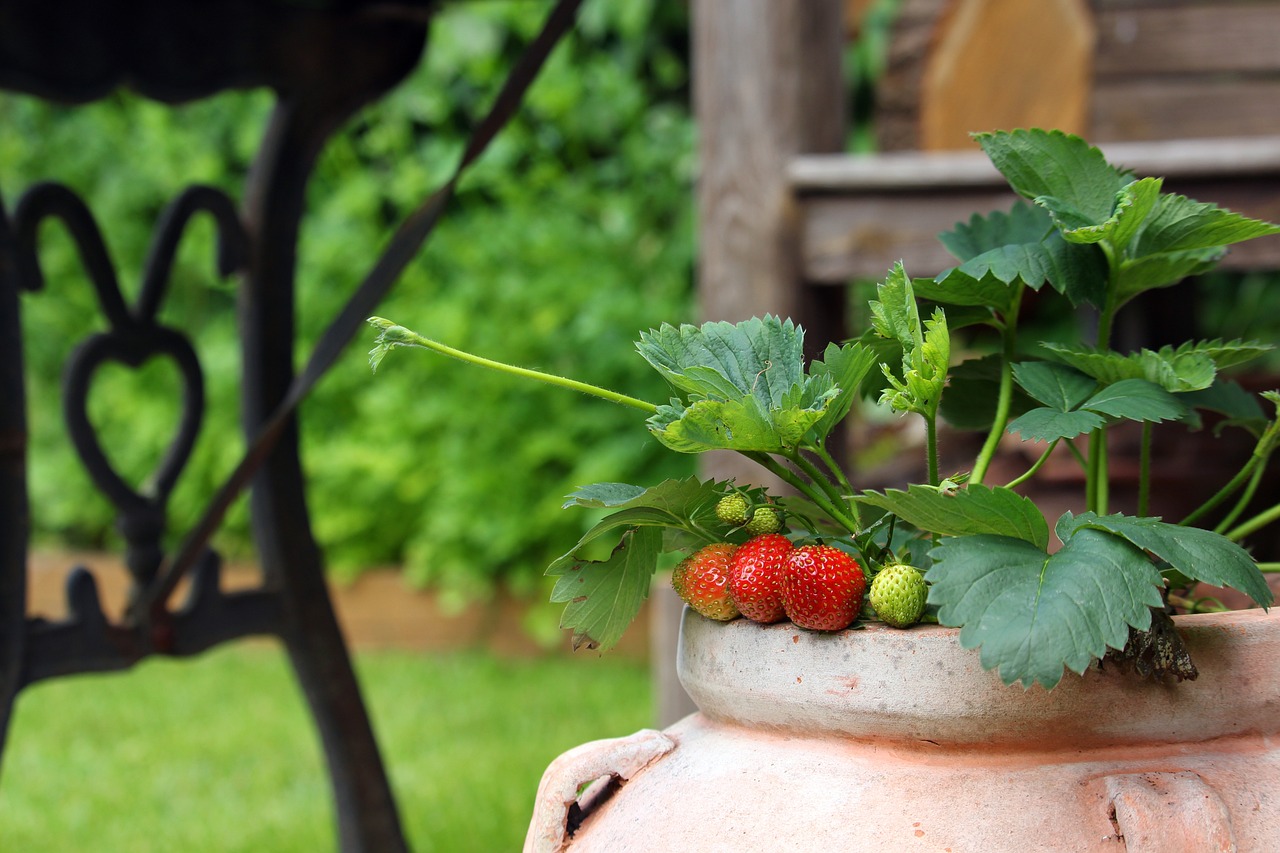
Tips an ideas to get the most out of container gardening.
♦ Brighten up a corner by putting a small clipped box bush in a wide clay pan and surround it with enough thyme plants to form a mat.
♦ Dress up the corner of your house by placing a planted trough on each face of the wall so they touch at the corner and appear to wrap round it.
♦ To create an attractive area on plain concrete, surround terracotta pots of plants with big pebbles. The pebbles will help to retain moisture to make a humid atmosphere for the plants.
♦ Dress up your drainpipes with clip-on pot holders and pots of your favorite trailing plants.
♦ Brighten up a dull corner by painting your flowerpots. Use an undercoat of primer before emulsion in the color of your choice. Experiment with stripes or zigzags, using masking tape to get the edges straight; or use a stencil for patterns.
♦ Instead of going to the trouble and expense of rooting out old tree stumps, hollow out the centres, drill some drain holes, and use them as planters.
♦ Take standard marguerite plants into a cool greenhouse for the winter to protect them from the frost. Keep the compost barely moist and re pot them in the spring before putting them outside again.
♦ Make sure you buy frost-proof terracotta pots. If they don’t have a label which says they are frost-proof, and they come from southern Europe, they will be vulnerable to shattering in freezing weather.
♦ Try an all-white window-box with begonias, pelargoniums, marguerites and white lobelia.
♦ Break up polyurethane packing into small lumps and use as drainage material in pots instead of crocks or stones.
♦ For a winter display, plant up tubs or window-boxes with variegated ivy, dwarf conifers, heather, spotted laurel, and bulbs such as aconite or snowdrop, or winter-flowering pansies.
♦ For spring displays, plant containers in the autumn with bulbs and early-flowering biennials such as wallflowers.
♦ Plant perennials directly into the compost, leaving space to insert annual plants still in their pots. Clay pots are best as they will let the plants draw moisture from the surrounding compost as well as what is in their pot.
♦ Incorporate slow-release fertilizers in your container compost and forget the worry of regular feeding.
♦ Water copiously every day in the spring and summer, even if it has rained. In hot weather be prepared to water twice a day, especially hanging baskets.
♦ Arrange containers on your patio with as much care as you arrange the planting in the rest of your garden or they will look stilted and unsatisfactory.
♦ Choose small containers rather than large ones which will be too heavy to move easily once they are full of damp compost.
♦ Deadhead flowers every day to keep the display going all season.
♦ Anchor window-boxes to the window-frame with wire or chain, or fit front brackets to prevent them falling.
♦ Make your own window-boxes from ordinary planned wood, held together with brass screws. Paint it or treat it with timber preservative but not creosote which is poisonous to plants.
♦ For a continuous display in containers, fill the container with gravel and plunge potted plants into it. This makes it easier to replace tired plants without disrupting the whole container.
♦ Half-barrels make attractive tubs, but make sure that the metal hoops are held in place securely or the whole tub could fall apart.
♦ Hang a pair of old leather shoes or boots up against a wall to use as unusual planters.
♦ When your old wheelbarrow has become too battered to use, paint the outside and use it as an attractive container or a display stand for potted plants.
♦ Add height to a group of plants in pots by inverting an empty pot and standing a filled pot on top. Alternatively, use piles of bricks to stand the pots at different heights. Either arrangement looks good on a patio or the edge of the drive.
♦ Try growing hostas in hanging baskets or wall-mounted troughs. This solves the slug problem, and looks very effective, especially if the color of the hosta complements the color of the wall, for instance a blue-leaved hosta against yellow brick.
♦ For a trouble-free patio display, try a group of dwarf and prostrate conifers, with tall shapes in tall pots and prostrate shapes in low, wide pots.
♦ Use containers for all those intrusive rooted plants such as variegated ground elder (Aegopodium podogaria ‘Variegata) that you would love to grow but don’t trust not to take over the whole garden.
The Author:
Sophie Giard
Photo. Kerstin Riemer

